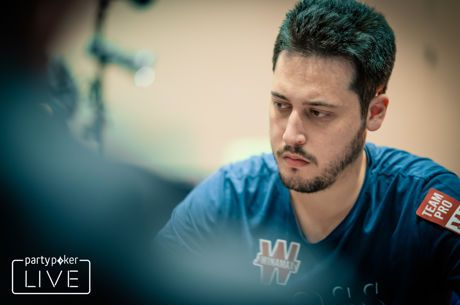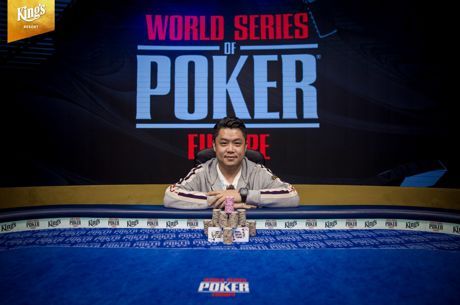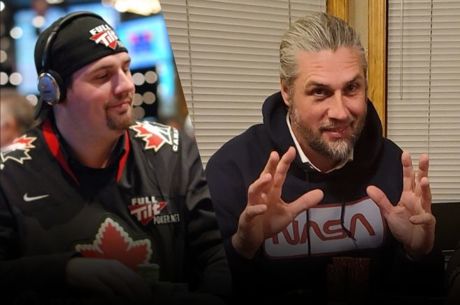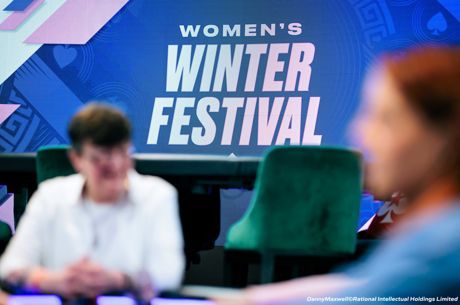The Perfect Poker Tournament Part 1: How Many Players Should Sit at the Poker Table?
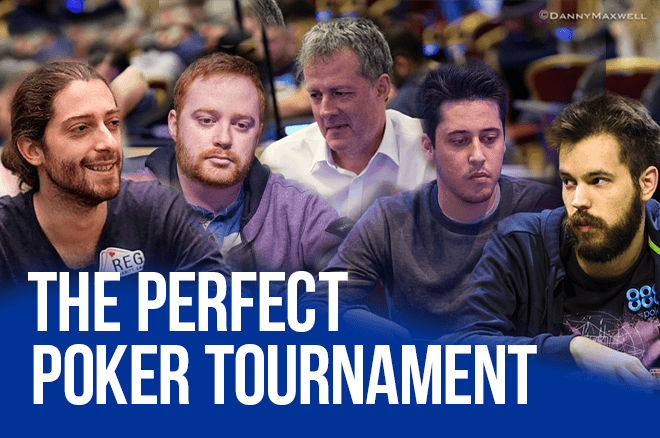
We’ve scoured the poker world for some of the most respected professional players on the circuit to answer some of the burning questions about exactly how to run the perfect poker tournament.
Winamax Pro Adrian Mateos, Unibet Poker Ambassador Dara O’Kearney, 888Poker’s Dominik Nitsche, PokerStars Team Pro Igor Kurganov, and Niall Farrell all contributed to this article.
We've tried to cover all our bases because we’re asking the important questions the poker world needs answers.
Just how many players should be sitting around a standard table?
Our first question is one that has provoked opinion since players first gathered round crude oval benches on the Mississippi riverboats (probably). Just how many players should be sitting around a standard poker table, and why?
Every one of the five poker players we asked was certain that 10-handed poker is not the way to go.
O'Kearney: "You’re getting fewer hands per hour, the blinds are going round way slower, and it’s cramped as well. It’s horrible."
O'Kearney: 10-handed is terrible, it’s so boring and slow. It’s not just a matter of one extra player at the table. When you have ten people to act instead of nine, each hand is going to take longer. You’re getting fewer hands per hour, the blinds are going round way slower, and it’s cramped as well. It’s horrible.
Farrell: 10-handed live poker is not great, everyone is squeezed in around the table. Everyone has to play so tight, and there are fewer hands to play. Everyone knows the whole point of poker is to play hands. It’s just a poor experience for everyone.
Mateos: I feel like 10-handed poker should be banned. It’s so boring; you have to play really tight. You want to play hands and have fun. 10-handed poker is so bad for poker.
Kurganov: I guess the optimal amount of players per table should also depend on the buy-ins, and what types of players are in there. It would be not nice in an event with a lot of qualifiers, for example, to make it 6-max. Those players, in general, have a style that fits a 9-handed or even 10-handed game better.
O’Kearney: I’ve played 11-handed in Las Vegas once, and that was the absolute worst. It was a really horrible experience. You end up having to fold so much. Ten-handed, your ranges have to be so much tighter.
Farrell: "Some recreational players find 6-handed intimidating, and that’s understandable."
Farrel: It’s brutal, just from a comfort point of view. It’s ten people, it should be fun. If you’re just crushed in with nine other people, and you don’t get to see flops, it’s going to be pretty off-putting for people who want to come and play to have fun.
Nitsche: Eight is good for large fields. Once you get to 10, there is not really enough space at the tables.
If 10-handed poker is beyond acceptable, then should players push for 6-Max? Most see that as a step too far, especially for recreational players, the most important demographic in the game.
Kurganov: I think in terms of Main Events and most tournaments where you have people who qualified, 9-handed seems pretty fair, because it ends up being 8-handed for a while, and 7-handed would be a bit rough on them, which would be the case if you started out 8-handed. 10-handed is a bit too boring; I think 8 or 9 for Main Events and qualifying events.
Farrell: I think the perfect number of people at a table, and probably because I’ve been spoilt by higher buy-in stuff, is 8-handed. For live poker, that’s perfect. Some recreational players find 6-handed intimidating, and that’s understandable.
Kurganov: In terms of high buy-in events, I think those are the spots where people do come to play and most of the time buy-in directly and never qualify. I think anything from 5 through 8-handed is the optimal number because people value their experience, they value other things about their experience and want to be involved in a bunch of hands. Given they pay a bunch of money for it, I think they should get that opportunity to do it properly. If you get someone who wants to play a lot of hands at a 9-handed table, you’re not giving them really a chance to do well.
Mateos: "more than 9-handed, in my opinion, should be banned."
Is the standard seating arrangement to be eight-handed poker, then? It fits neatly between the hand-frequency of a 6-Max game and the 10-handed pack-em-in approach.
Farrell: I’d generally be looking for an 8-handed standard. When we normally have 9-handed, that goes to 10-handed because they’re huge, I’d like to see it only going 9-handed if it’s situational. I know operators want to fit more players in for less staff, but there has to be a limit. The number of times I’ve heard from organizers that they can’t fit everyone in and there are fucking empty tables in the room... Sometimes it's just that they didn’t want to employ more staff.
Mateos: The best way to play is between 6-handed and 8-handed, and I think there’s room for both. 8-handed should be the standard, and in some extreme cases with not much room or many tables you could play 9-handed for a bit, but more than 9-handed, in my opinion, should be banned. Recreational players don’t like to play short-handed, but you need to find the equilibrium.
VERDICT: Balance, in life as in poker, is everything. Players seem to agree that 10-handed is a nightmare, but that 8-handed or 9-handed at a push is the best solution for a full-ring game.
In our next article in this series, we’ll be talking about which tournament format is preferable; freezeouts, single re-entry, or unlimited rebuy. You won’t want to miss it!
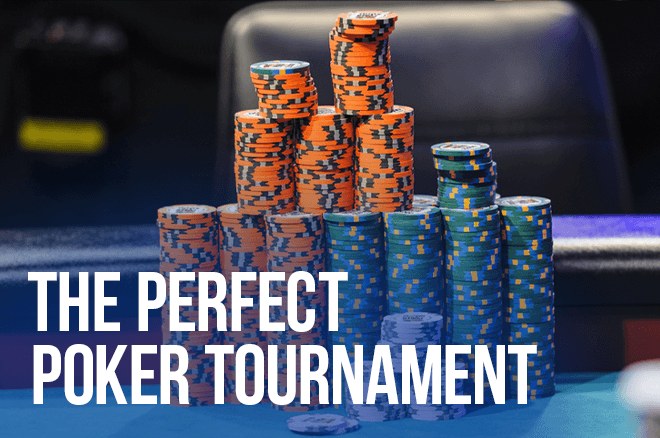
In this Series
- 1 The Perfect Poker Tournament Part 1: How Many Players Should Sit at the Poker Table?
- 2 The Perfect Poker Tournament Part 2: Freeze-Out, Single Reentry, or Unlimited Reentry?
- 3 The Perfect Poker Tournament Part 3: Regular Ante, Button Ante, or Big Blind Ante?
- 4 The Perfect Poker Tournament Part 4: Which Satellite Tournaments Are Best?

